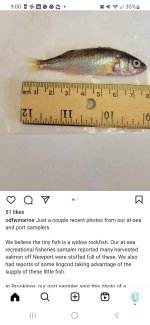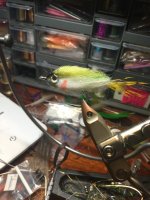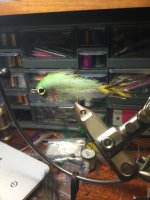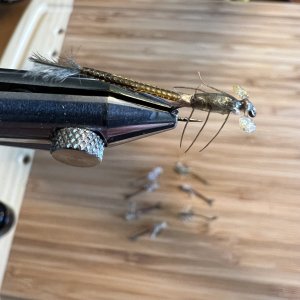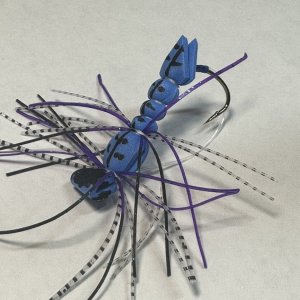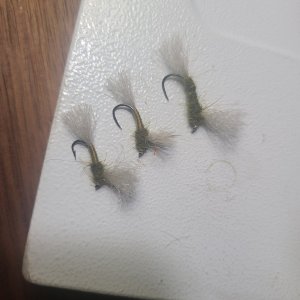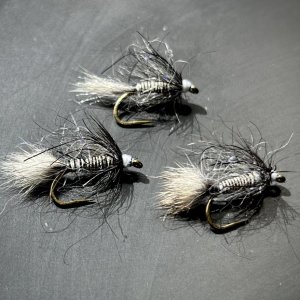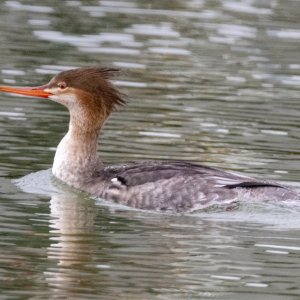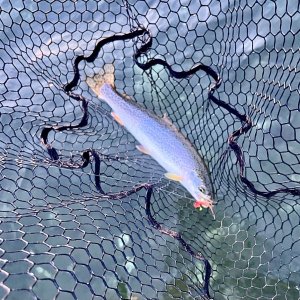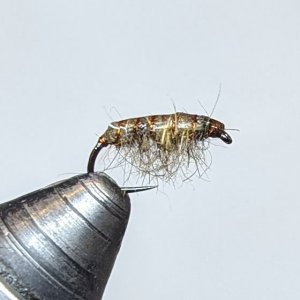Nailed that facial expression though
You are using an out of date browser. It may not display this or other websites correctly.
You should upgrade or use an alternative browser.
You should upgrade or use an alternative browser.
Tuna 2023
- Thread starter SilverFly
- Start date
Yeah I added a bit of a cartoonish look to it.He looks really scared. Was that intentional? Did you paint a scared tuna?
into itYeah I added a bit of a cartoonish look to it.
Have you guys heard of the widow rockfish that the fish down south have keyed in on. This may be an inshore thing but now in need to hit the bench.
Never heard of that up here. Caught plenty of widows out of Westport but never that far offshore
Denwor54
Life of the Party
Thanks Nick, but these are 2-3 inch and the inshore fish are locked in on them. Rockfish, lings and coho are stuffed with them, it looks like we many take a run and prospect for tuna/ bluefin and was curious if this was something I should add to my box. I’m well stocked on what works were I’m fishing but had never heard of rockfish smolts being a food source like this. Just don’t want to get out there and find that I’m not prepared.
Interesting. I've found juvenile rockfish in most species from time to time but have never seen a situation where anything got super keyed in on them.
If the fish are super focused on them it could possibly create a scenario where flies could shine. Not sure exactly how a gear angler would "match the hatch" in that scenario, and even if someone had a solution I have to figure most gear anglers wouldn't be ready for it or have the appropriate gear. A fly angler with appropriate sized/colored flies might have a leg up there!
If the fish are super focused on them it could possibly create a scenario where flies could shine. Not sure exactly how a gear angler would "match the hatch" in that scenario, and even if someone had a solution I have to figure most gear anglers wouldn't be ready for it or have the appropriate gear. A fly angler with appropriate sized/colored flies might have a leg up there!
Interesting observation, @Denwor54. Juveniles widow rockfish are known to feed on copepods and krill. They are schooling rockfish that can be found from the surface to 1200', often suspended in midwater above pinnacles or reefs. and this species has been caught in mid-water trawl fisheries.
Many rockfish species have boom/bust recruitment patterns. All rockfish have internalize fertilization; the fertilized eggs are released as late stage larvae. A 16" female widow rockfish can release 1000 offspring and a 20" female can release over 1500 (see fig. 7 here). Like many other marine species, the reproductive potential is explosive if conditions are optimal and miserable if oceanic conditions are poor. And if we had a good upwelling period this spring, there could be lots of phytoplankton, which supports lots of copepods, which can feed schools of widow rockfish juveniles, which will feed lots of albacore tuna (and salmon, if you care... ).
).
As rockfish go, widow rockfish are fairly streamlined and their pelagic coloration isn't very distinctive (just a "fishy" green/tan). You can see some pictures of the juveniles here (see figure 8a and b) and here.
Steve
Many rockfish species have boom/bust recruitment patterns. All rockfish have internalize fertilization; the fertilized eggs are released as late stage larvae. A 16" female widow rockfish can release 1000 offspring and a 20" female can release over 1500 (see fig. 7 here). Like many other marine species, the reproductive potential is explosive if conditions are optimal and miserable if oceanic conditions are poor. And if we had a good upwelling period this spring, there could be lots of phytoplankton, which supports lots of copepods, which can feed schools of widow rockfish juveniles, which will feed lots of albacore tuna (and salmon, if you care...
As rockfish go, widow rockfish are fairly streamlined and their pelagic coloration isn't very distinctive (just a "fishy" green/tan). You can see some pictures of the juveniles here (see figure 8a and b) and here.
Steve
It is a moving target though. The better window is starting to look like Sunday. But I'll have boat and gear ready for either.I'm gearing up to run out of Ilwaco Friday
If only it were as simple as thatTrying to figure out the weather like
View attachment 74540
Interesting observation, @Denwor54. Juveniles widow rockfish are known to feed on copepods and krill. They are schooling rockfish that can be found from the surface to 1200', often suspended in midwater above pinnacles or reefs. and this species has been caught in mid-water trawl fisheries.
Many rockfish species have boom/bust recruitment patterns. All rockfish have internalize fertilization; the fertilized eggs are released as late stage larvae. A 16" female widow rockfish can release 1000 offspring and a 20" female can release over 1500 (see fig. 7 here). Like many other marine species, the reproductive potential is explosive if conditions are optimal and miserable if oceanic conditions are poor. And if we had a good upwelling period this spring, there could be lots of phytoplankton, which supports lots of copepods, which can feed schools of widow rockfish juveniles, which will feed lots of albacore tuna (and salmon, if you care...).
As rockfish go, widow rockfish are fairly streamlined and their pelagic coloration isn't very distinctive (just a "fishy" green/tan). You can see some pictures of the juveniles here (see figure 8a and b) and here.
Steve
A lot of (maybe all) rockfish have pelagic juveniles, not just widows. They are often associated with floating kelp, and even coastal species can be far offshore. No surprise that they are part of the diet of pelagic predators. I pity the bio who tries to identify the species though, because they all look the same!
I'll wave from whatever beach I'm fishing surf perch from....Think the forecast is telling me that Saturday is my day now. Things are about rigged and ready to go
Go get it!

